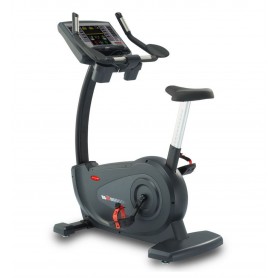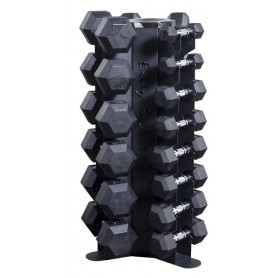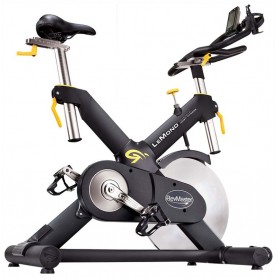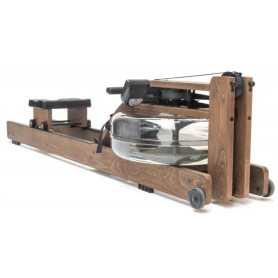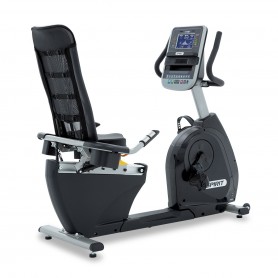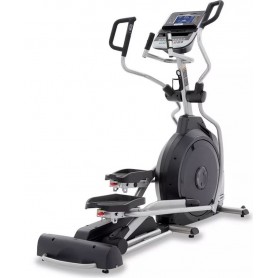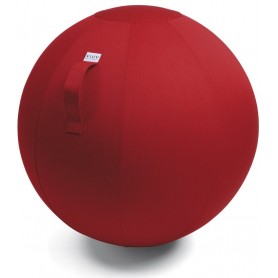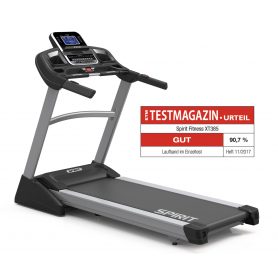Shark Fitness
Weekly Promotion
Staying fit in 2021 - questions & answers on how to build your training routine
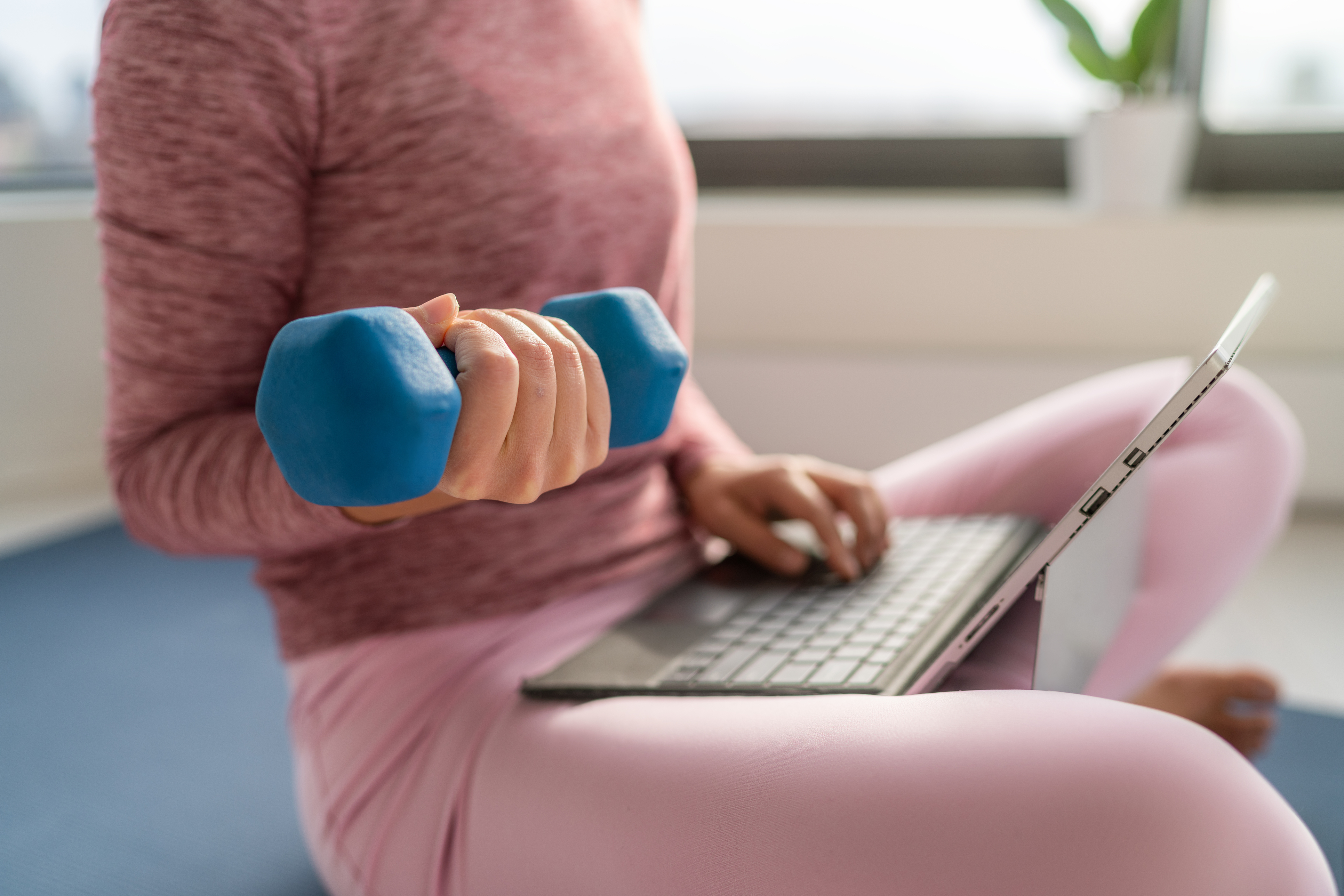
At the beginning of the year, the topic of fitness often comes to the fore again. The festive season was a time of lavish eating and exercise took a back seat. Last year, things were different once again. A lifestyle that inevitably had to be adapted to the current situation also brings completely new fitness challenges.
We have to come to terms with closed fitness centres, home offices or other changes in our routine. It's easy to lose a little fitness or maybe gain a kilo or two.
But there are new ways to keep fit at home. With a workout on a cardio machine, you can start the day in the morning full of energy. Space-saving training options include steppers, dumbbells or exercise trainers. We support you in how and with what you train best and answer the most important questions about muscle strength, weight reduction and fitness training:
Weights or cardio?
Is working with weights enough or should I also do cardiovascular training in addition without losing strength is a question often asked
Athletes who work with weights often have the opinion that cardiovascular exercises can have a negative effect on muscle formation. Scientific studies, however, argue against this. A meta-analysis conducted by the University of Tampa, Florida, based on 21 studies, does not support this theory. The study finds that those who focused on strength training gained more lower-body strength than those who did weights and running at the same time, but not weights and cycling.
From this, it can be concluded that moderate cardio training promotes cardiac and metabolic health, as well as recovery, in a way that also benefits people who focus on strength training, and vice versa. Endurance athletes are increasingly recognising that there are benefits to strength training, such as injury prevention
Free weights or high-tech fitness equipment?
In the fitness world, there is always debate about whether training with free weights or on high-tech fitness equipment produces more effective results. Let's take a closer look at the two areas.
Let's first establish what "free weights" are and what fitness equipment is:
By free weights we mean:
- Dumbbells
- Barbells
- High/low or adjustable pull systems
- Lat pull bars
- Medicine balls
In essence, any moving object that can be moved freely can be called a "free weight". So, for example, is the human body.
High-tech fitness equipment
This category includes any type of exercise equipment that can be used to train muscles, such as multistations, single stations or benches.
Setting goals for personal fitness
When deciding which training method is the most suitable, the goal you want to achieve plays a big role.
A distinction can be made between structural and functional goals. If you want to gain mass, you will aim to change the functioning of the nervous system. In strength training jargon, changing the structure of the body means improving the function of your structure, which is a neuro-muscular phenomenon.
So if you want to gain mass (hypertrophy), you have to change the function of the nervous system's ability to use that muscle (i.e. get stronger) so that the structure (soft tissues) can adapt and grow.
Although on the one hand many are interested in the structural goals and want to build muscle mass as well as lose body fat, a jumper, for example, will mainly prioritise an improvement in specific function as a goal.
The choice between "free weights" and "machines" also comes down to personal preference. Free weights, including dumbbells and kettlebells, require the use of a wider range of muscles and movements. These are also closer to those used in normal life, so they can be more efficient overall. On the other hand, fixed-weight machines can be easier for beginners and offer benefits for exercisers doing rehab or focusing on a specific muscle group.
Can warming up (warm-up) and stretching prevent muscle injuries and fatigue?
Muscle injuries are one of the main problems of today's athletes, both recreational and professional. It is therefore essential to use the most effective means to prevent these injuries. However, there are conflicting opinions about methods to reduce muscle injuries through warm-up and stretching techniques.
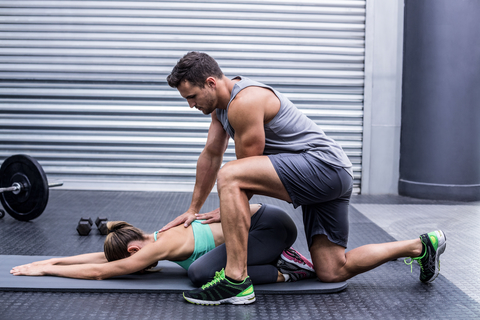
A warm-up before an intense workout helps to improve muscle dynamics and thus prevent injuries.
Warm-up options (active / passive / duration)
Active warm-up exercises consist of moving our body. For example, during a certain time on an indoor cycle, ergometer, treadmill or rowing machine.
Passive warm-up can be done in a sauna, hot tub or by taking a warm shower.
The warm-up time should be about 15 minutes. Care should be taken not to overexert yourself, otherwise you will not have enough reserves for the upcoming workout. Ideally, you should work up a light sweat during the warm-up.
For exercisers with little time, an extremely proven method is to use a "TriggerPoint" foam roller to warm up the fascia. "TriggerPoint" is used to get the blood flowing to the areas that may not be getting enough blood flow. The result of this is to relieve tension in the muscle tissue. As a rule, an application of around 5 minutes is sufficient. Incidentally, the foam rollers can also be used to recover after a workout by "flushing out" the blood that has accumulated in the muscles and allowing the tissues to be reoxygenated, which significantly reduces the recovery period.
Do muscles decrease with age?
Muscles get bigger and stronger up to the age of 30. In the following phase of life, however, they "go downhill" if we do not take countermeasures through regular fitness training. For most people, the loss of muscle mass is minimal until around the age of 50. From this age, inactive people can lose about 1-2% of muscle mass per year. From the age of 60, the percentage increases to as much as 3%. In this process, the inactive person loses mobility and fat is deposited instead of muscle. The best preventive measure is regular exercise and strength training. Those who do not want to go to a gym can also prevent this loss at home with appropriate fitness equipment and training accessories.
Whoever wants to achieve quality of life can do so at any age by exercising regularly. Continuity plays an important role. There is little point in exercising once a month and sitting around idly the rest of the time. Set yourself small goals at the beginning and train with pleasure. Success will then not be long in coming. Needs vary, so professional advice is essential to find out which method, piece of fitness equipment is right for you.
Visit us at the Shark fitness shop in Wettingen or Wil (SG) or call. Our specialists will advise you without obligation on how to get fit through each year.
Share this content
